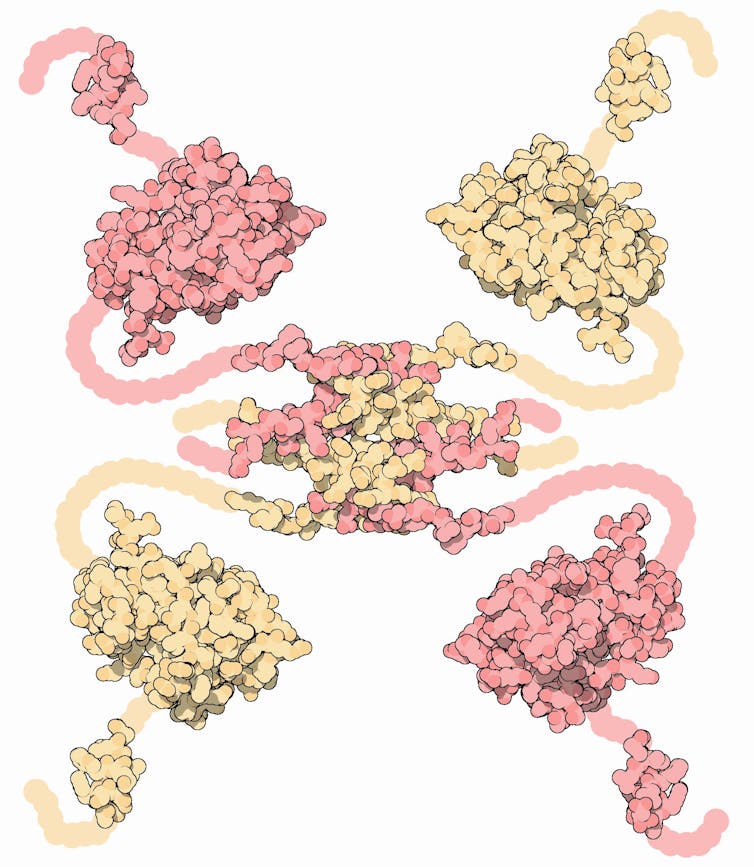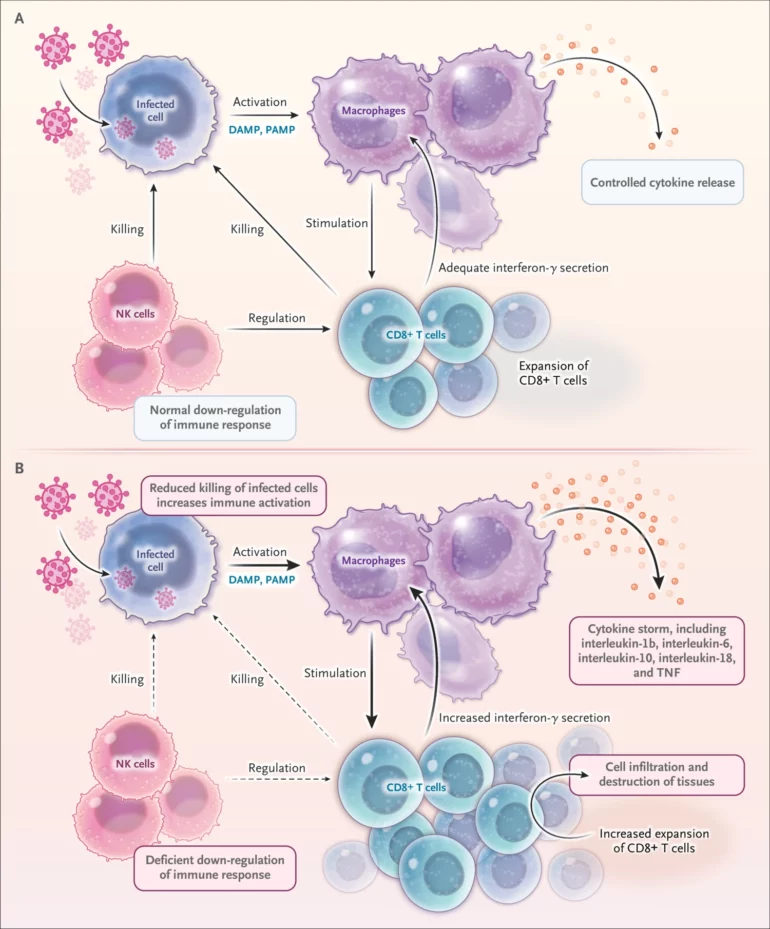Cancer arises when your cells grow uncontrollably and refuse to die when they should. Normally, your body is equipped with regulatory processes to prevent this chaos. One such mechanism involves a protein called p53. Often dubbed the “guardian of the genome,” this protein plays a pivotal role in ensuring that your cells grow, divide and die in an orderly fashion. When p53 malfunctions, the result is often cancer.
Learning about how p53 works has not only deepened how scientists understand cancer, but also provided promising avenues for new treatments.
In my work as a cancer researcher, I study the underlying mechanisms of how tumors develop and resist treatment. By understanding how cancer cells bypass safeguards like p53, scientists can find better ways to stop them, leading to more effective treatments for patients.
How p53 works
Each cell contains DNA that instructs it how to function. Over time, this instruction manual can accumulate errors due to various factors like exposure to harmful ultraviolet rays, smoking or even just natural wear and tear.
This is where p53 comes in. It acts like a vigilant proofreader, detecting errors in DNA and deciding how to handle them. If the damage is minor, p53 instructs the cell to repair it. But if the damage is beyond repair, p53 triggers a process called apoptosis, or programmed cell death, ensuring the faulty cell doesn’t turn cancerous.
In more than half of all human cancers, p53 is either missing or dysfunctional. This often happens when the gene that encodes for p53 is mutated or deleted. Without a functioning p53, errors in DNA go unchecked, allowing damaged cells to multiply and form tumors.

p53 has four arms to wrap around and bind to DNA.
David Goodsell/RCSB PDB-101, CC BY-SA
Targeting p53 pathways
Given its crucial role in preventing cancer, p53 has become a major target for drug development.
Over the years, scientists have devised various strategies to target the p53 pathway, or the network of molecules p53 controls to regulate cell growth, repair DNA damage and trigger cell death. Rather than acting alone, p53 interacts with multiple molecular pathways – some of which researchers are still discovering – that help determine a cell’s fate.
Treatment approaches aim to restore or mimic p53’s function in cells where it has gone awry. For example, scientists have developed small molecules that can bind to mutant p53 and stabilize its faulty structure, restoring its ability to bind DNA and regulate genes. Drugs like PRIMA-1 and MIRA-1 essentially “rescue” p53, allowing it to resume its role as the cell’s guardian.
Even when p53 is missing, scientists can still target the processes it normally controls to treat cancer. For example, drugs can activate apoptosis or halt cell division in ways that mimic p53’s normal function. Drugs like ABT-737 or Navitoclax can block proteins in the p53 pathway that usually stop…


